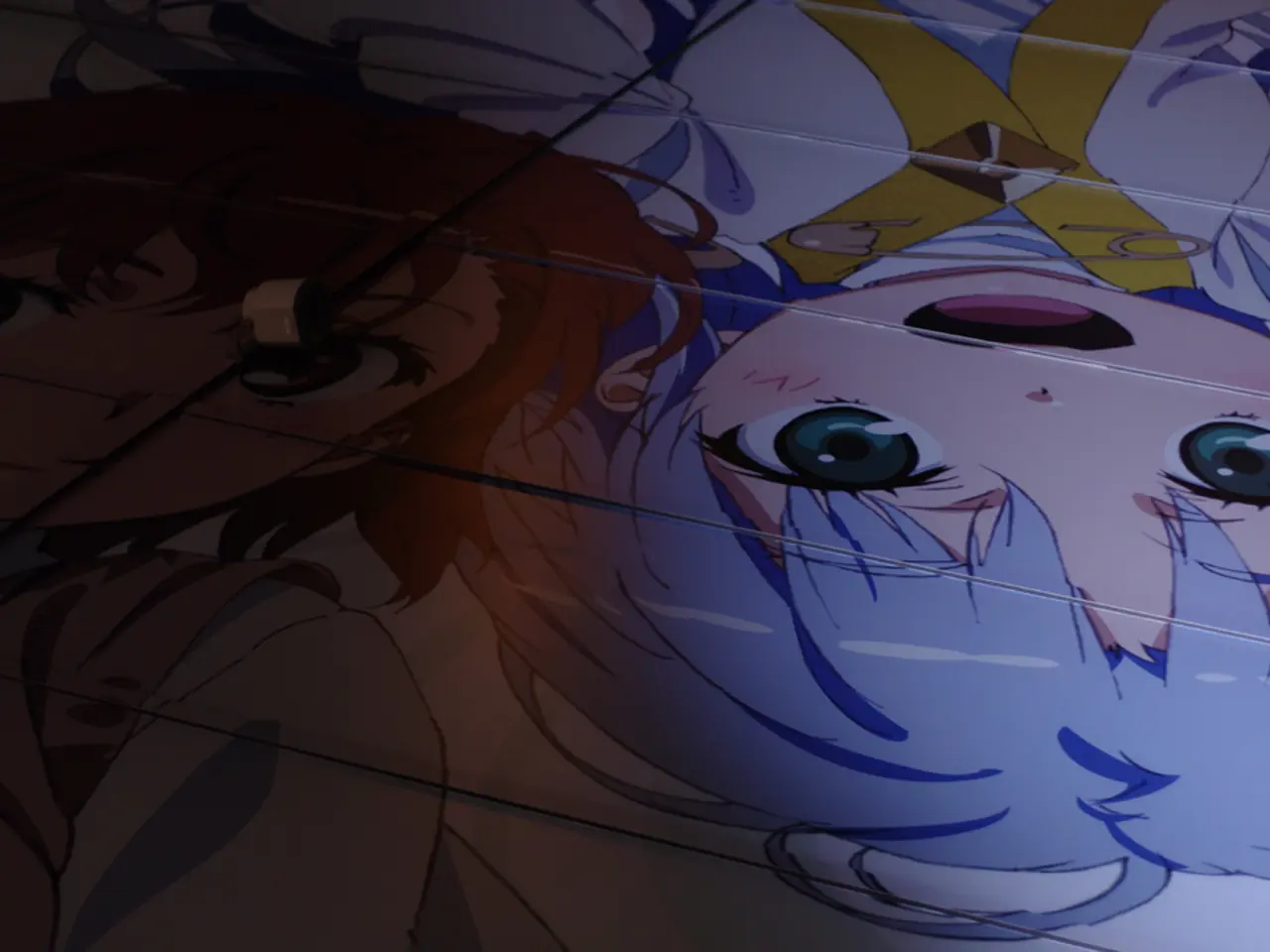Debating the Iconic Status of Notable Anime Antagonists
In the vibrant world of anime, villains have evolved from mere antagonists to complex characters that challenge traditional norms and redefine the narrative landscape. These influential figures, often female, have redefined the notion of evil, offering a fresh perspective on villain roles that were once predominantly male-centric.
Anime villains like Pain from "Naruto" and Lelouch from "Code Geass" have gained notoriety due to their emotional backgrounds and complex motivations. Their depth, coupled with intricate personalities, sets them apart from their counterparts, capturing the hearts and minds of viewers worldwide.
The representation of female villains in anime has undergone a significant transformation over time. What was once limited to mere side characters has now expanded to central figures, allowing for more stories that depict women in powerful yet complex roles.
Iconic battles between villains and heroes, such as Naruto vs. Pain in "Naruto Shippuden," are a significant part of their legacy and often change the course of the story. These epic encounters showcase the villains' power and influence, while also adding depth to the narrative.
The Akatsuki from Naruto is a prime example of a smart and powerful villain team. Clad in black cloaks with red clouds, each member possesses unique powers, contributing to the group's grand scheme. Similarly, the Espada from Bleach, led by the super intelligent Aizen, is a formidable force that shapes its respective series by pushing the heroes, adding depth to the story, and creating conflict.
Memorable anime villains are characterized by distinctive traits, goals, and personalities that make them stand out. Johan Liebert from "Monster" stands out for his manipulative nature and use of his mind to control and terrify, while Scar from "Fullmetal Alchemist" battles both the heroes and his own demons.
Some villains, like Light Yagami from "Death Note," show humanity by having complex motivations that blur the line between hero and villain. Complex characters with depth, such as Fullmetal Alchemist's Father and Shougo Makishima from "Psycho-Pass," offer a nuanced portrayal of evil, making them more relatable and memorable.
Anime villains often play a crucial role in story arcs by driving the plot forward, creating drama, tension, and deep emotional moments. Examples include Shougo Makishima from "Psycho-Pass" and Pain from "Naruto."
Anime villainesses with flair are exceptional storytellers, using elegance to mask their deceit. Medusa Gorgon from "Soul Eater" exemplifies this, while seductive villainesses like Esdeath from "Akame ga Kill!" and Lust from "Fullmetal Alchemist" employ their charm as a weapon.
The memorability of anime villains is influenced by several key factors. These include a compelling personality and motivations, iconic design, strong voice performance, a balance of threat and entertainment, and narrative significance that challenges the hero and enriches the story.
In summary, the most memorable anime villains combine a compelling personality, iconic design, strong voice performance, a balance of threat and entertainment, and narrative significance that challenges the hero and enriches the story. These complex characters, with their unique traits and deep backstories, continue to captivate audiences, sparking discussions about gender roles and representation within the anime community.
From the enigmatic Johan Liebert to the powerful Azula, these memorable villains have left an indelible mark on the anime landscape, proving that evil can indeed be captivating and thought-provoking.
- The captivating nature of anime villains extends beyond mere entertainment, as they also contribute to general-news discussions about gender roles and representation.
- The transformation of female villains in anime has expanded the scope of storytelling, bringing sports-like competition and entertainment to the anime genre, with complex characters like Medusa Gorgon from "Soul Eater" embodying both elegance and deceit.






